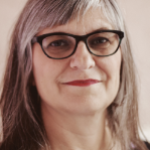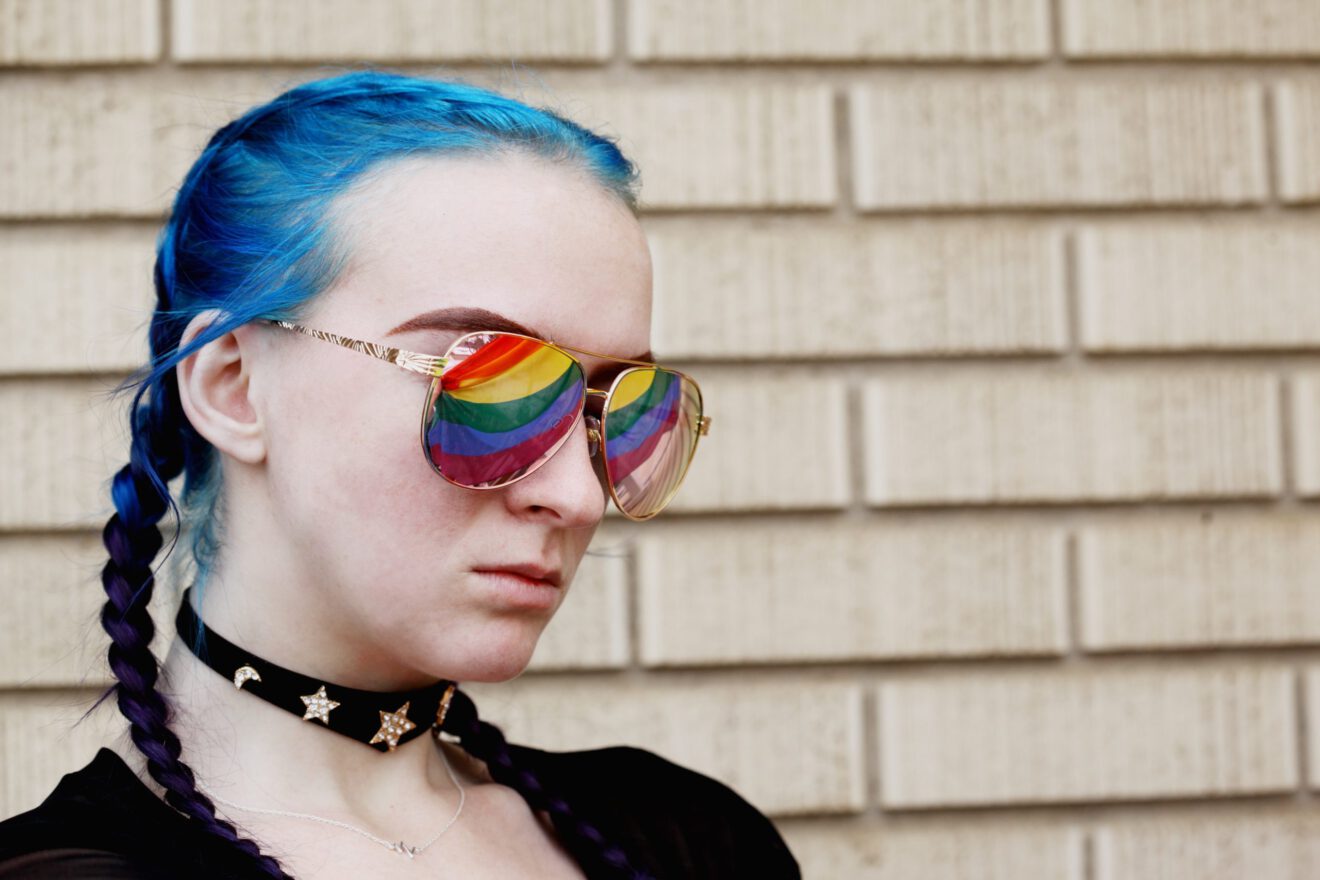As a neurodiverse parent to two neurodiverse children, I know that the current system is not designed to serve my multiethnic family or others like ours. I’ve listened to countless parents chronicle the abuse their children have sustained in public school systems — from racism to ableism to homophobia — and their regrets of not doing something sooner. That something is alternative schooling.

We see a push for schools to be more inclusive, but from what I’ve heard from students and their families, it’s not enough. LGBTQ students, students of color and students with disabilities are being harmed within the current system.
Since 2020, public schools have lost over 1.2 million students. Chronic absenteeism is going up, and students of color tend to be disproportionately represented in a host of statistics. The public education system also has various barriers for students who are neurodivergent and who have physical disabilities. Students with disabilities graduate at a rate of 17.5 percentage points lower than those without disabilities.
A magnifying glass also has been placed on the state of students’ mental health. During COVID-19, “44% [of students] reported they persistently felt sad or hopeless,” the CDC reports. LGBTQ students had worse rates of suicide, poor mental health and abuse than their peers. The CDC study also captured the serious racist overtones that many students experienced in school, particularly Black students. In contrast, students who established meaningful bonds among their classmates and teachers at school were significantly less likely to report persistent feelings of sadness or hopelessness than students who did not establish such bonds (35% vs. 53%).
Past time for a change to alternative schooling
After years of patiently waiting for our school systems to evolve, a group of educators, including myself, embarked on creating an alternative school suited for all students — particularly the ones whom the traditional school system systematically leaves out.
Alternative schooling gives students a choice. We’re not talking about those horrendous and punitive schools for students with “bad behavior.” We’re talking about a school that creates a culture of inclusivity from its inception. A school that understands that learning starts with a student’s well-being. A school whose educators champion individual students’ interests and respond to their needs.
We’re talking about educators who know that students some schools label as “discipline problems” often, in reality, are just independent thinkers with strong — not wrong — convictions. This is echoed in Christopher Edmin’s book, “Ratchetdemic: Reimaging Academic Success,” where he explains how many Black students are forced to align with ideals of white respectability to be considered good students. Too often, students are forced to strip down their personality or looks — whether their hair color, hairstyle, clothes or emotions — to be viewed as acceptable students.
It doesn’t have to be that way
My colleagues and I are passionate about dismantling the traditional system and starting fresh. A new framework is vital. Educators should be championing students’ individuality, creating a culture of belonging, listening and responding to students wants and needs, and, most important, looking at students’ mental health not as a secondary component, but as integral to their success.
It may seem like a lofty goal, but it’s 100% possible. Common examples of alternative schooling include Montessori, Waldorf schools, cooperative learning and Sudbury schools. Each is different, as any two schools are, but a similarity among all of them is an emphasis on students having agency in their learning.
What regular schools can do now
Our start is important — today’s students can’t wait for a wholesale public-school transformation — but we recognize that not enough schools like ours exist. Right now, however, all US schools can take several actions to become better, safer places for all students:
- Focus on building meaningful connections with students and families.
- Hire highly qualified teachers who reflect the students they serve.
- Make curriculum personally meaningful and culturally relevant.
- Decolonise curriculum.
- Actively work to be anti-racist.
As soon as possible, though, we’d like to see more schools like ours give parents and students the opportunity to create an educational experience that disrupts the negative legacy of the traditional education system.
Robin Harwick, Ph.D., is an author, scholar and consultant. Harwick is the founder and director of The Pearl Remote Democratic School, a homeschooling alternative school for high-school students, and also serves as one of the teachers.
_______________________________
Subscribe to SmartBrief’s FREE email ASCD newsletter to see the latest hot topics in education. It’s among SmartBrief’s more than 250 industry-focused newsletters.
